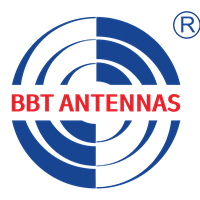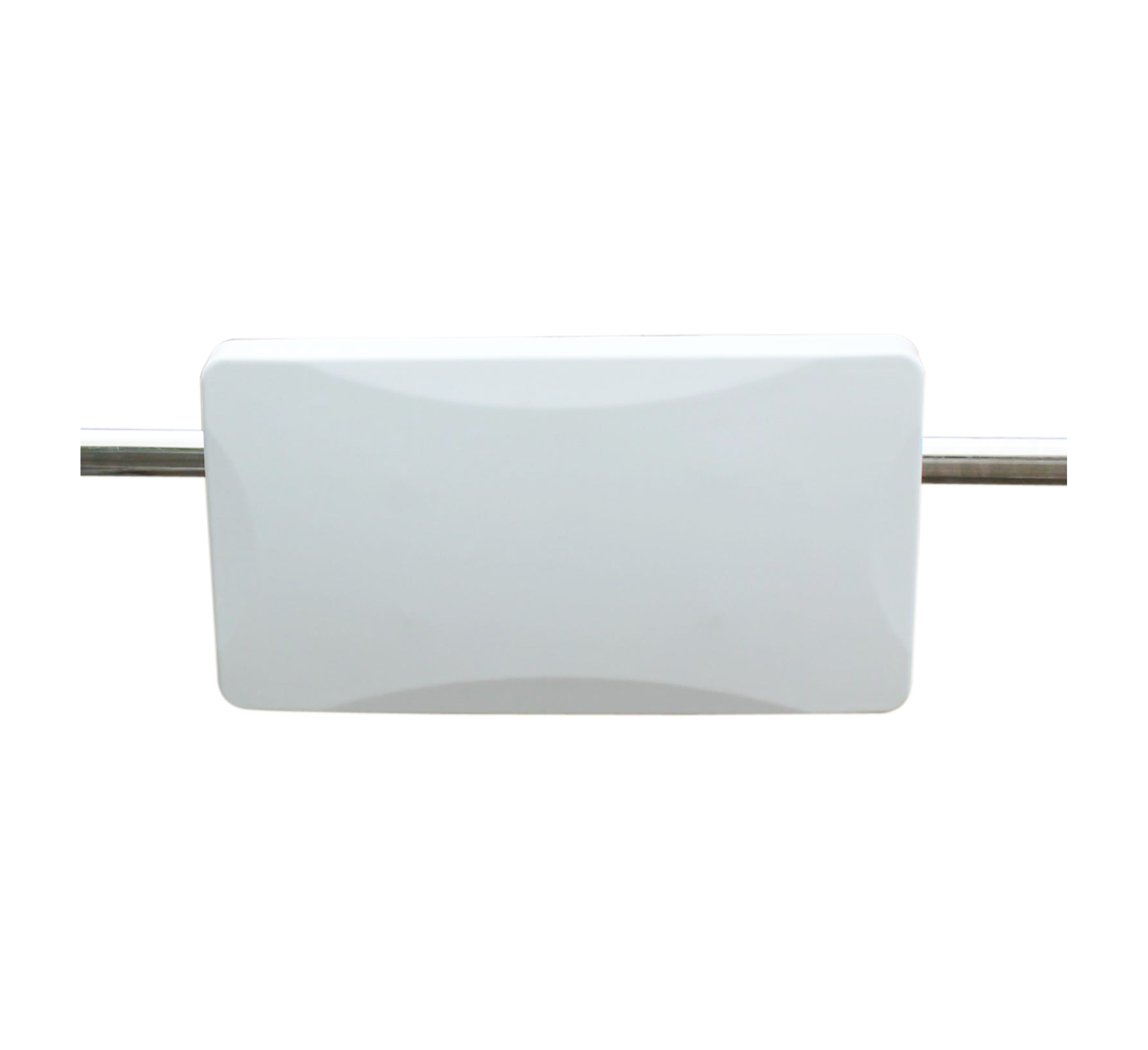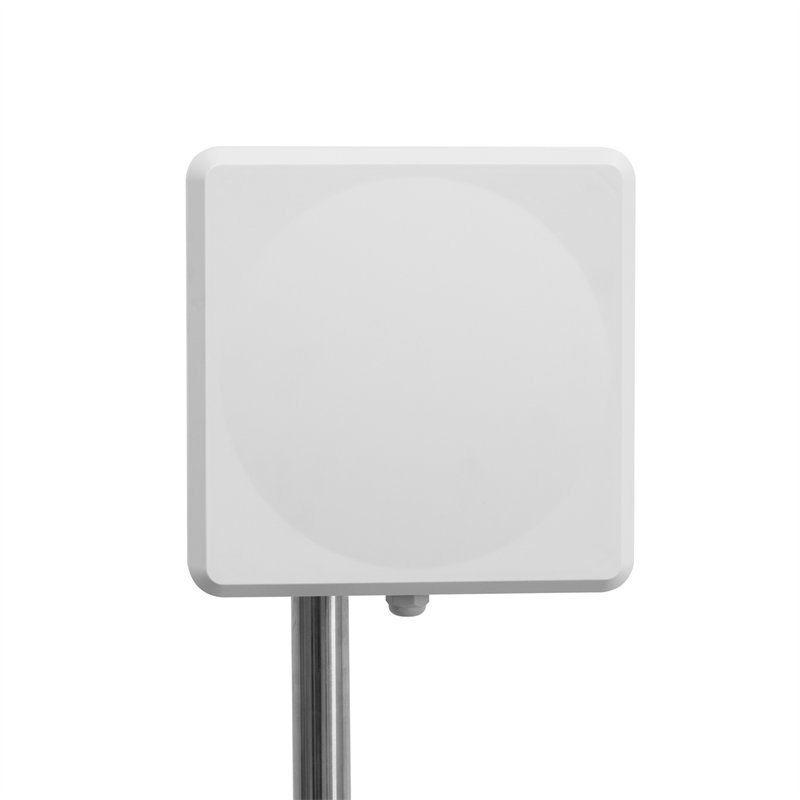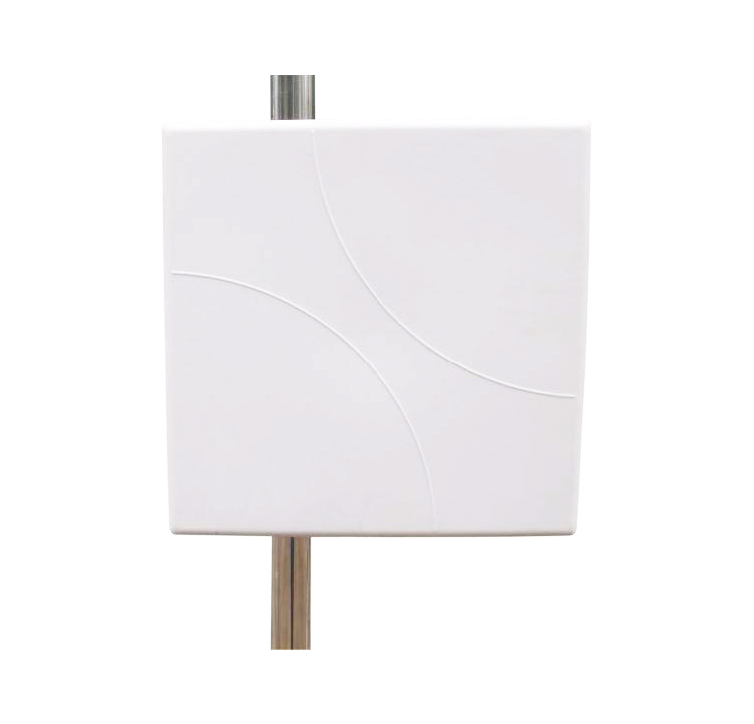In the rapidly evolving world of healthcare, medical cabinet system management has become a cornerstone for ensuring patient safety, regulatory compliance, and operational efficiency. As hospitals and clinics seek smarter ways to manage pharmaceuticals, surgical tools, and high-value inventory, RFID (Radio Frequency Identification) technology stands out for its ability to automate tracking, reduce errors, and provide real-time visibility. At the heart of these systems lies a critical component: the RFID antenna. Choosing the right RFID antenna can make the difference between a seamless, reliable system and one plagued by blind spots or false reads.
The Critical Role of RFID Antennas in Medical Cabinets
RFID antennas are the bridge between RFID readers and tagged items, enabling the wireless exchange of data that powers automated inventory management. In a medical cabinet, the antenna's performance directly impacts:
- Read accuracy: Ensuring every item—whether a vial, implant, or instrument—is correctly identified.
- Inventory visibility: Providing real-time updates for stock levels and usage.
- Security: Preventing unauthorized access or removal of sensitive items.
- Workflow efficiency: Reducing manual counting and administrative workload.
Key Factors to Consider When Selecting RFID Antennas
1. Frequency Band
Most medical cabinet systems use UHF (Ultra High Frequency, 860–960 MHz) due to its optimal balance of read range and tag capacity. Always ensure the antenna matches your system's frequency and complies with local regulations.
2. Antenna Type and Polarization
- Antenna Types: Panel, patch, and dipole antennas are common in cabinet environments. Panel antennas are favored for their focused coverage and compact design.
- Polarization: Linear polarization is suitable if all tags are oriented the same way, but circular polarization is typically preferred in cabinets where tag orientation varies, ensuring consistent reads.
3. Read Range and Gain
- Read Range: Medical cabinets usually require a short to moderate range (0.5–2 meters) to avoid reading tags outside the cabinet.
- Gain: Moderate-gain antennas (6–9 dBi) provide sufficient coverage within the cabinet without excessive directionality.
4. Physical and Environmental Considerations
- Size and Shape: The antenna must fit within the cabinet without obstructing shelves or access.
- Mounting: Look for antennas with flexible mounting options to accommodate various cabinet layouts.
- Durability: Choose antennas rated for resistance to moisture, dust, and frequent cleaning—common in healthcare settings.
5. Material and Interference Compatibility
Cabinets often include metal shelves or enclosures that can interfere with radio signals. Select antennas designed for metal-rich environments or use specialized shielding to minimize signal loss and dead zones.
6. Electrical Specifications
- Impedance: Typically 50 ohms for compatibility with most RFID readers.
- VSWR (Voltage Standing Wave Ratio): A low VSWR (close to 1:1) ensures efficient signal transmission.
7. Connector Type and Cable Management
- Connector: N-type, SMA, and RP-TNC are common; match the connector to your reader and cabinet constraints.
- Cable Routing: Plan for secure, tidy cable management to prevent interference and maintain system reliability.
8. Testing and Optimization
Before full deployment, test the antenna in the actual cabinet with real tagged items. Assess read range, signal strength, and reliability, and adjust placement or orientation as needed.
Unlock Superior Performance with BBT ANTENNAS: The Smart Choice for Healthcare RFID
When it comes to equipping your medical cabinet system with the most reliable RFID antennas, BBT ANTENNAS stands out as a leader in innovation and quality. Here's why BBT ANTENNAS is the preferred partner for healthcare providers worldwide:
- Cutting-Edge Technology: BBT ANTENNAS offers a comprehensive range of UHF and HF antennas designed specifically for challenging environments like medical cabinets, ensuring high read accuracy and minimal interference.
- Custom Solutions: Whether you need antennas for compact cabinets or large storage rooms, BBT provides tailored products that fit your unique requirements.
- Durability and Hygiene: All our antennas are built with healthcare in mind—featuring robust, IP67-rated housings that withstand frequent cleaning and exposure to disinfectants.
By choosing BBT ANTENNAS, you ensure your RFID-enabled medical cabinet system delivers unmatched performance, security, and peace of mind.
Conclusion
Selecting the right RFID antenna for your medical cabinet system is a complex process that demands careful consideration of frequency, antenna type, polarization, gain, physical constraints, and environmental durability. The right choice translates to accurate inventory management, enhanced security, and operational efficiency—all critical in healthcare settings where every second and every item count.
Partnering with a trusted antenna supplier like BBT ANTENNAS empowers your organization to leverage the full potential of RFID technology, ensuring your medical cabinet system remains robust, scalable, and future-proof. With the right antenna, you can focus on what matters most: delivering exceptional patient care while maintaining complete control over your valuable inventory.



